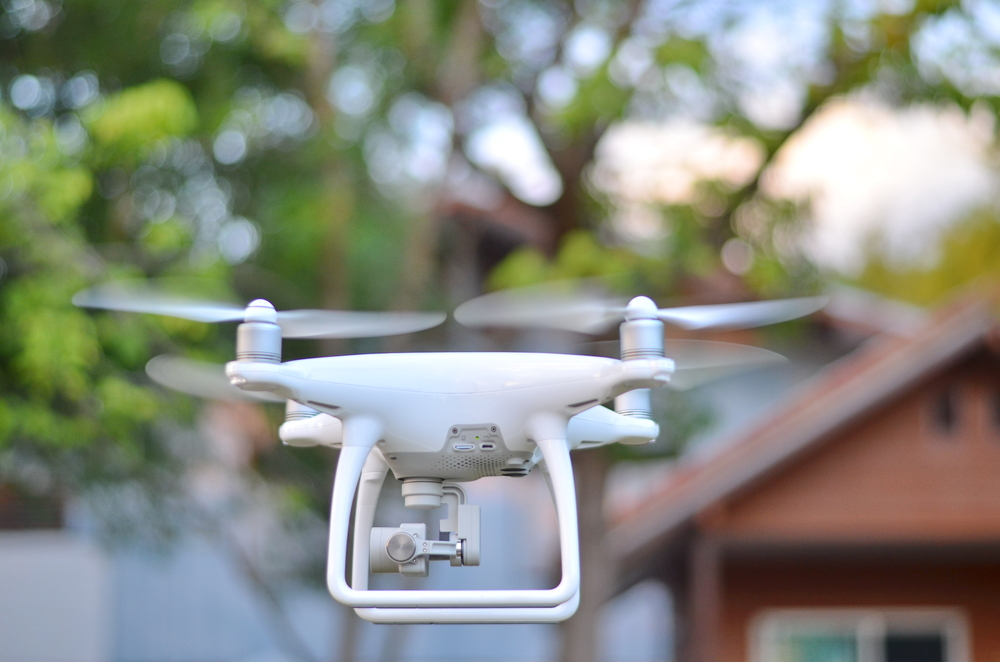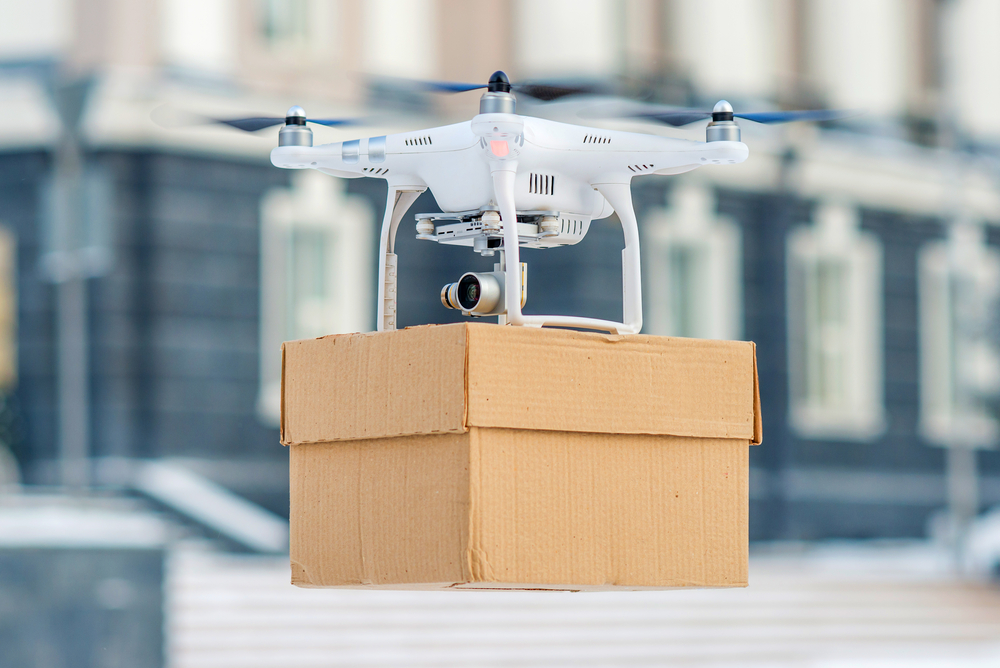Commercial Drones
Now and Tomorrow
The atmosphere surrounding the commercial use of drones is steeped in anticipation. It is like the seconds before a race starts: runners take their stance, the audience holds a collective breath, and the earth stands still. For years, though, there has been no burst of gunfire, no bolt towards the finish line–just anticipation. Technology advances […]


